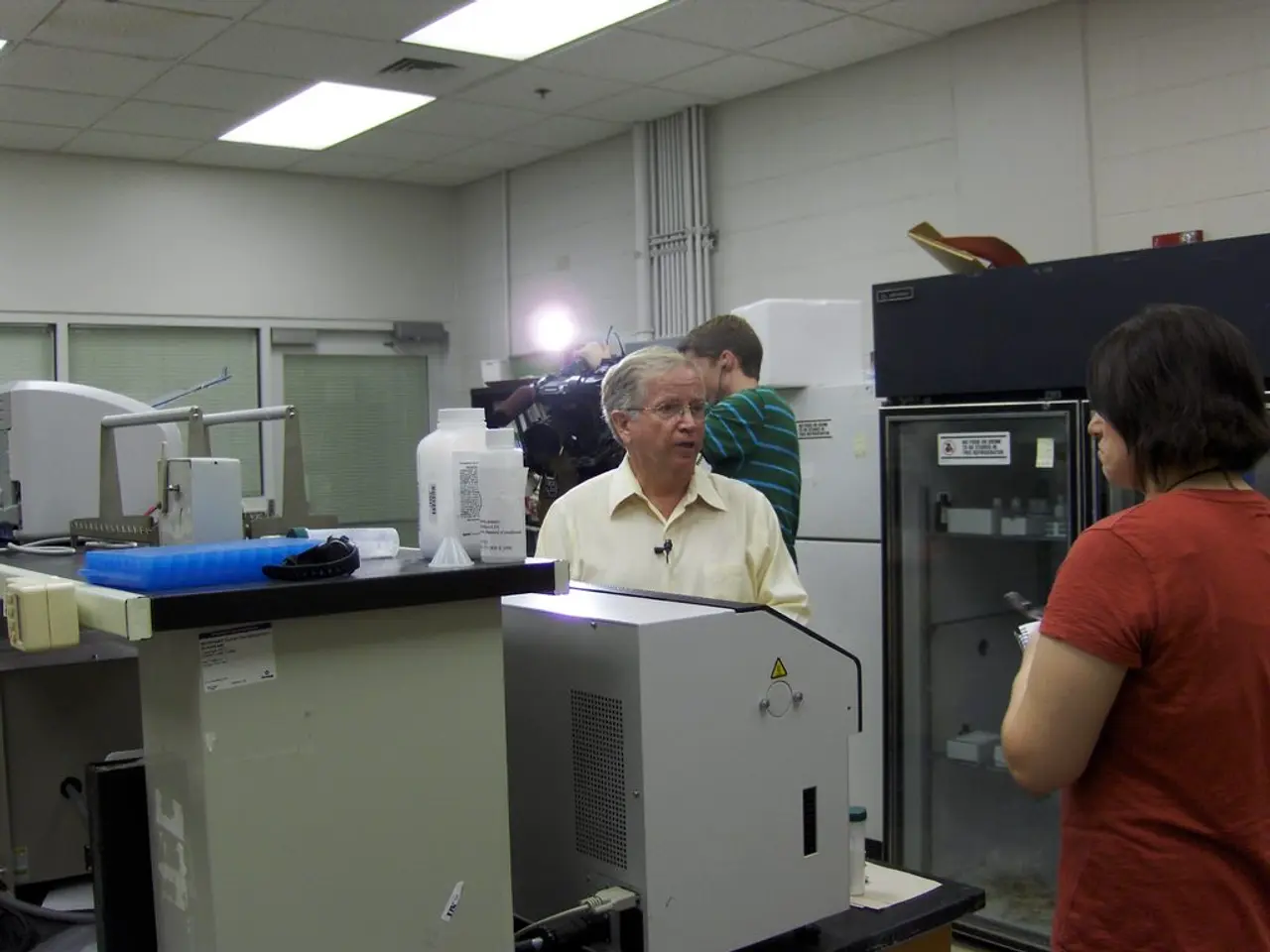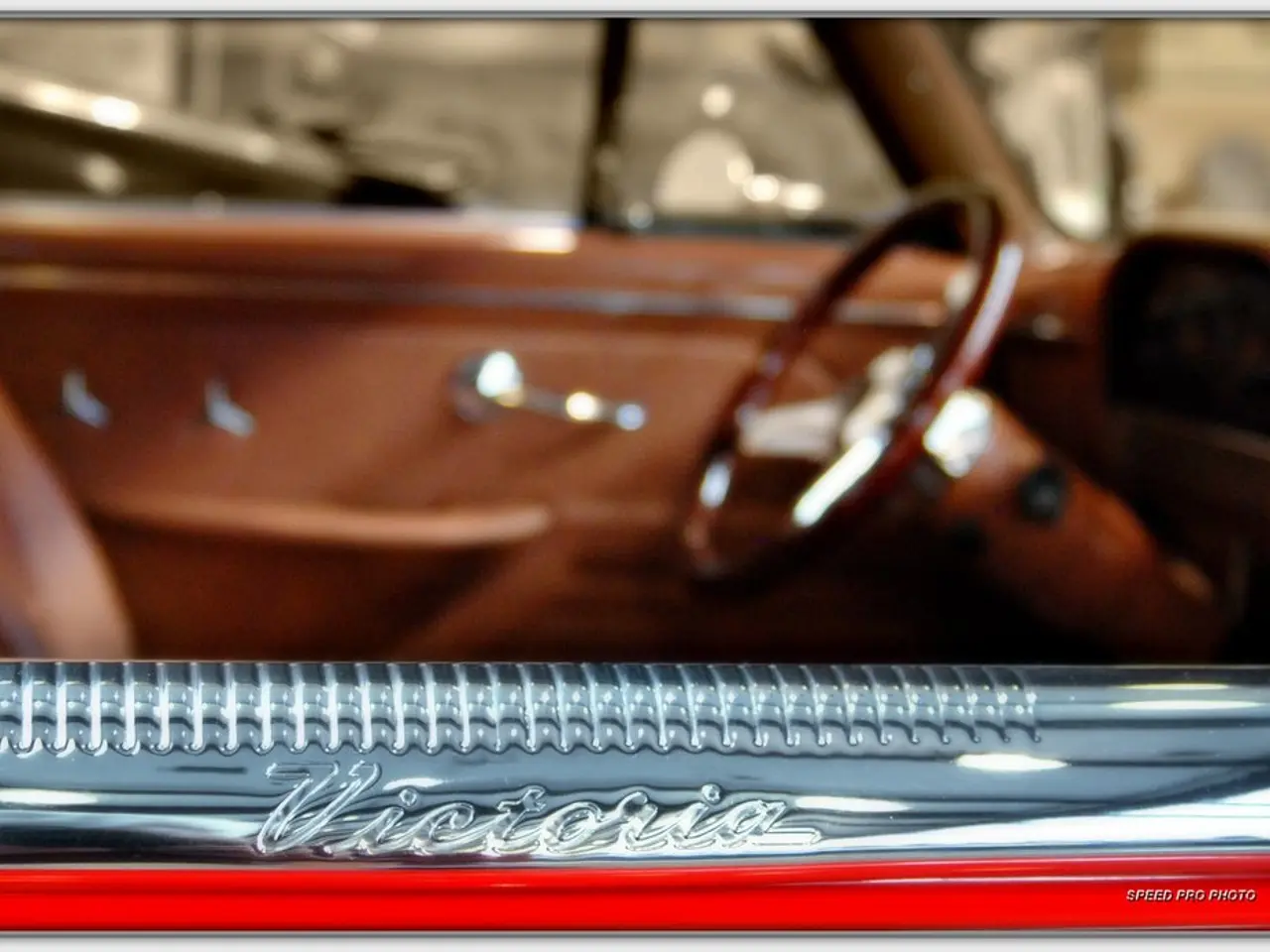Ambitious Envisioned Path for Steel Production: Salzgitter's Green Steel Strategy in the Industry
### Achieving Climate Neutrality: Salzgitter's SALCOS® Program Leads the Way in Green Steel Production
The steel industry is confronted with significant challenges as it strives to reach climate neutrality by 2050. One of the key players in this transformation is Salzgitter AG, a German steel manufacturer, which is making strides towards a low-carbon future.
#### Emissions Intensity and Technological Transition
Steel production is a significant contributor to global CO₂ emissions, accounting for approximately 7% of the total. Traditional steelmaking methods, such as those that rely on coal in blast furnaces, are major emitters[1][3]. Transitioning to low-carbon technologies, like hydrogen-based production or electric arc furnaces, is essential but requires substantial investment and infrastructure changes[1][2].
#### Energy Supply and Global Competition
The need for low-carbon energy sources is critical, yet access to these resources can be limited. The cost and availability of renewable energy, hydrogen, or other low-carbon fuels are significant factors in the feasibility of these technologies[2][4]. Additionally, the steel industry operates in a global market, and European companies face competition from regions with less stringent environmental regulations. This necessitates protective measures, such as the Carbon Border Adjustment Mechanism (CBAM), to maintain competitiveness[2].
#### Opportunities for Innovation and Growth
Despite these challenges, there are opportunities for innovation and growth. New technologies like hydrogen-based direct reduced iron (DRI) plants and hybrid electric arc furnaces offer significant emission reductions[1]. Programs like Salzgitter AG's SALCOS initiative focus on reducing emissions through the use of low-carbon technologies, positioning companies as leaders in sustainable steel production[2][3].
#### Salzgitter AG's SALCOS Program
Salzgitter AG's SALCOS (SALzgitter Low CO₂ Steelmaking) program is designed to significantly reduce CO₂ emissions in steel production. The program involves using hydrogen to reduce iron ore directly, producing a solid iron "sponge" that is then refined into crude steel in an electric arc furnace[6]. Salzgitter has committed 2.3 billion euros to phase 1 of the SALCOS program and is investing in this transformation despite the challenging economic environment, as they believe it will provide a competitive advantage[7].
#### A Precedent for the Steel Industry
The success of Salzgitter's SALCOS program could set a precedent for the steel industry. German steel mills emit approximately 40 million tons of carbon dioxide annually[1], and worldwide investments of 1.5 trillion euros would be required to make the steel industry climate-neutral by 2050, according to a study by strategy consultancy Oliver Wyman[8]. Environmentally friendly steel could become a competitive advantage due to increasing demand, particularly in the automotive industry, household appliances, and renewable energy sectors[9].
Customers such as BMW, VW, and Daimler have already ordered green steel to make their own supply chains more sustainable[10]. Salzgitter has received a financing grant of one billion euros from the Federal Republic of Germany and the state of Lower Saxony[11]. The European market could benefit in the long term if climate-friendly steel becomes an export product[12].
#### Challenges and Benefits of Strategies
| Strategy | Description | Benefits | Challenges | |-----------------|------------------------------------------------|-----------------------------------------|-----------------------------------------| | **Hydrogen-based DRI** | Uses hydrogen to reduce iron ore. | Significant emissions reduction. | High hydrogen production costs. | | **Electric Arc Furnaces** | Utilizes electricity for steel production. | More efficient and lower emissions. | Requires reliable low-carbon energy supply. | | **Recycling and Efficiency** | Improves recycling and reduces waste. | Reduces raw material usage and emissions.| Limited by availability of scrap metal. |
By addressing these challenges and opportunities, the steel industry, including initiatives like SALCOS, can move closer to achieving climate neutrality by 2050.
- The steel industry, notoriously a significant contributor to global CO₂ emissions, is actively pursuing low-carbon technologies like hydrogen-based production and electric arc furnaces to reach climate neutrality by 2050, as exemplified by Salzgitter AG's SALCOS program.
- Science and technology play a crucial role in this transition, as they enable the development of efficient, low-emission methods for steel production, such as hydrogen-based direct reduced iron (DRI) plants and hybrid electric arc furnaces.
- Businesses in the finance industry, recognizing the importance of environmental concerns in the future, are increasingly investing in sustainable finance, providing the necessary capital for the technological transition in the steel industry.
- The successful implementation of such low-carbon techniques could lead to a competitive advantage for companies like Salzgitter AG, not only in the steel industry but also in related sectors, such as automotive, household appliances, and renewable energy, where demand for environmental-science approved steel is growing.
- The adoption of climate-neutral technologies in the steel industry could have far-reaching impacts, not only alleviating the impact of climate-change in the environment but also positioning countries as leaders in sustainable finance and energy, ultimately benefiting the global economy.




